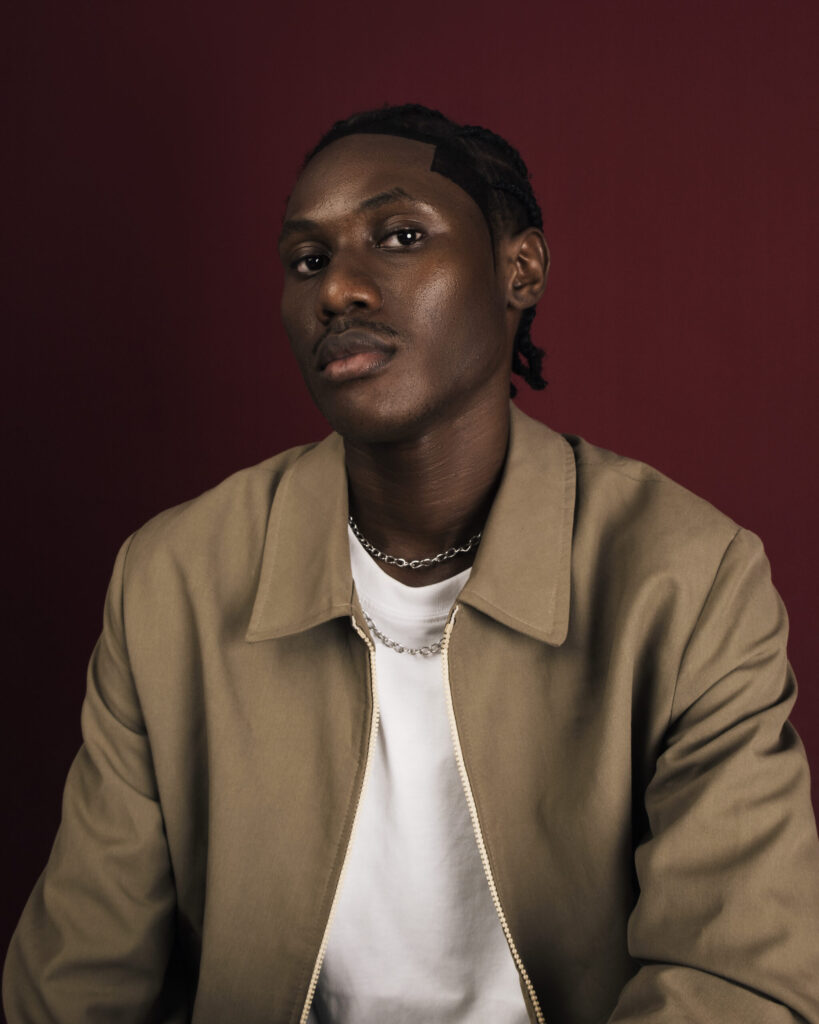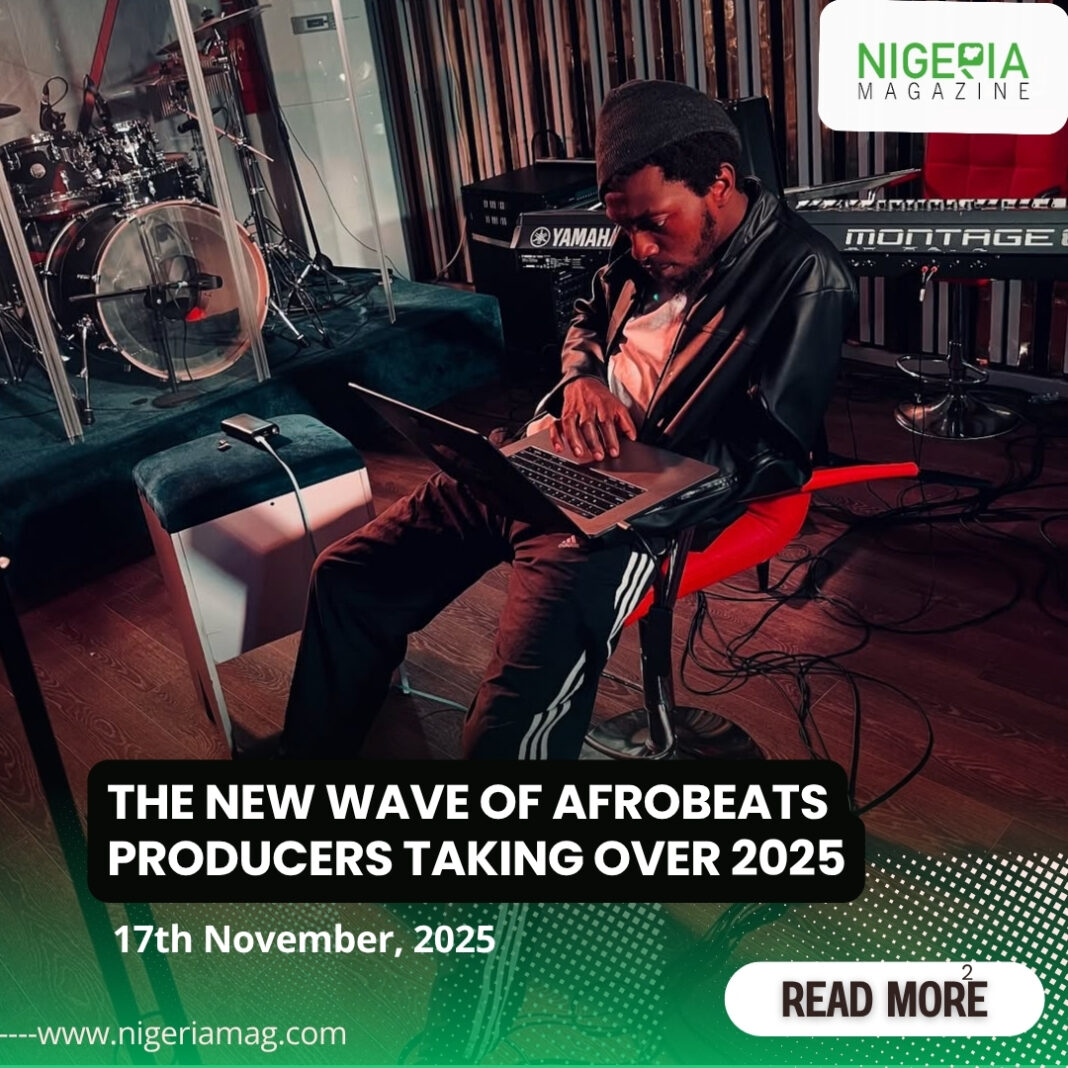Profiling the young sound engineers redefining the global Afrobeats identity.
Afrobeats has never been static, but in 2025 the genre is experiencing one of its most significant sonic shifts since its global breakout. While superstar artists remain the face of the movement, the real architects behind the latest wave are the young producers and sound engineers shaping the drums, synths, textures and vocal processing that now define Afrobeats worldwide. Their work sits at the intersection of culture, technology and globalization — and it is fundamentally reinventing how Africa sounds to the world.
The New Gatekeepers of the Afrobeats Sound
This generation of producers came up on laptops, not large-format consoles. They learned production from YouTube breakdowns, Discord servers, bootcamp sessions and cross-continental cloud collaborations. Their workflow is shaped by speed and experimentation: bouncing stems back and forth across Lagos, Accra, London and Atlanta; tweaking mixes in real time on mobile rigs; and using signature producer tags to cement their identity.

Their influence is now unmistakable. Before the hook hits or the bassline drops, listeners recognise certain sonic fingerprints — a specific drum swing, a dusty vocal chop, a hyper-clean high-end, a percussive bounce that sits between Afropop and amapiano. These producers aren’t just behind the boards; they’re cultural tastemakers directing where the sound goes next.
Meet the New Wave
A number of rising names are shaping the year’s most forward-facing records. Some gained traction through viral beats, others through engineering credits with A-list artists — but all share uncommon versatility.
Tempoe
Widely regarded as one of the genre’s most influential young producers, Tempoe has helped build the sonic architecture of many Afrobeats hits with his warm basslines, clean percussion and minimalist arrangements. His understated style creates space for vocals to shine while giving tracks the polish needed to travel across global playlists.
Dawie, Iyke Elvis & Dibs
This trio represents the fast-growing class of producers blending Afrobeats with drill, R&B, alté and UK electronic influences. Their beats move fluidly between smooth and gritty — lush chord progressions one moment, hard-edged, syncopated drum programming the next. They also belong to the first generation to use social media algorithms as career accelerators: releasing beat packs, hosting production livestreams and securing placements through community-driven collaboration.

OG Sterling & 7TEENTRILL
These producers lean into groove and percussion, bringing back a raw, street-centric energy that grounds Afrobeats in its West African rhythmic roots. Their sound often features unconventional shakers, off-grid drum patterns and vocal chops used as rhythmic accents. They’re experimenting aggressively with tempo, dropping songs into unexpected BPM ranges that blur the line between club music and Afropop.
How the New Producers Are Redefining Afrobeats
While stylistically varied, this new wave shares several production philosophies that are propelling the genre forward.
- Minimal Layers, Maximum Groove Rather than building dense arrangements, younger producers are stripping back. Sparse drum kits, uncluttered synths and meticulously controlled low-end create a sonic environment where vocals breathe and rhythm drives. This “clean but heavy” mix style makes Afrobeats more compatible with modern streaming platforms and mobile listening — the dominant playback environment for the global audience.
- Genre-Blending as a Core Skill
Where earlier eras treated fusion as an experiment, today’s producers treat it as a foundation. They glide between amapiano bass slides, garage shuffles, R&B chord voicings and Afropop melodies, creating hybrid productions that sound borderless but retain African rhythmic DNA. Their sessions often involve building multiple versions of the same track — an Afropop cut, a club edit, a stripped-down acoustic mix — then letting artists choose which vibe tells the story best.
- Mixing as Storytelling
Vocal production has become one of Afrobeats’ greatest strengths. Engineers are pushing the boundaries of pitch processing, harmonies and atmospheric effects. Modern Afrobeats vocals often sit forward, bright and intimate, yet wrapped inside carefully sculpted reverb tails and delays that give the music both presence and emotional depth. The result is a sound that feels global without losing its local essence.
- Collaboration as a Lifestyle
The new ecosystem is hyper-connected. Producers co-create via cloud sessions, swap stems with peers across continents, and run joint production camps. The boundary between producer, songwriter and engineer is blurrier than ever — many now do all three. This collective workflow is birthing fresh subgenres and accelerating how quickly new trends spread.
The Growing Conversation on Ownership and Credit
As Afrobeats becomes a global cultural commodity, producers are increasingly vocal about fair credit and compensation. Many are forming small production labels, negotiating better splits, and demanding proper recognition for their role in defining an African export worth billions. Beat licensing, sync placements and international publishing partnerships have become new lifelines for revenue and visibility.
This shift isn’t just about money — it’s about authorship. These producers want their names on the sound they are inventing.
Why This Moment Matters
The global rise of Afrobeats has long been driven by artists, but 2025 underscores a new truth: Africa’s producers are shaping the world’s perception of African music more directly than ever. Their innovations determine whether a track resonates in Lagos clubs or Paris radio; whether a song climbs TikTok charts, or becomes a crossover hit with U.S. or UK audiences.
They are cultural diplomats, exporting the language of African rhythm and melody through finely crafted sonic engineering. Their collective work is pushing Afrobeats into new emotional spaces — softer, darker, more experimental, more global.
Where the Sound Goes Next
Looking forward, expect more collaboration across continents, a rise in producer-led projects, and deeper experimentation with African traditional instrumentation fused into digital frameworks. The genre will continue evolving toward cleaner mixes, more fluid BPM ranges, and a more prominent role for engineer-producers as co-creators of the Afrobeats identity.
The future of Afrobeats is being built in bedrooms, small studios and shared online sessions — by young innovators who understand both the heartbeat of the culture and the demands of a global listening landscape. And in 2025, they aren’t just influencing the sound.
They are the sound.


